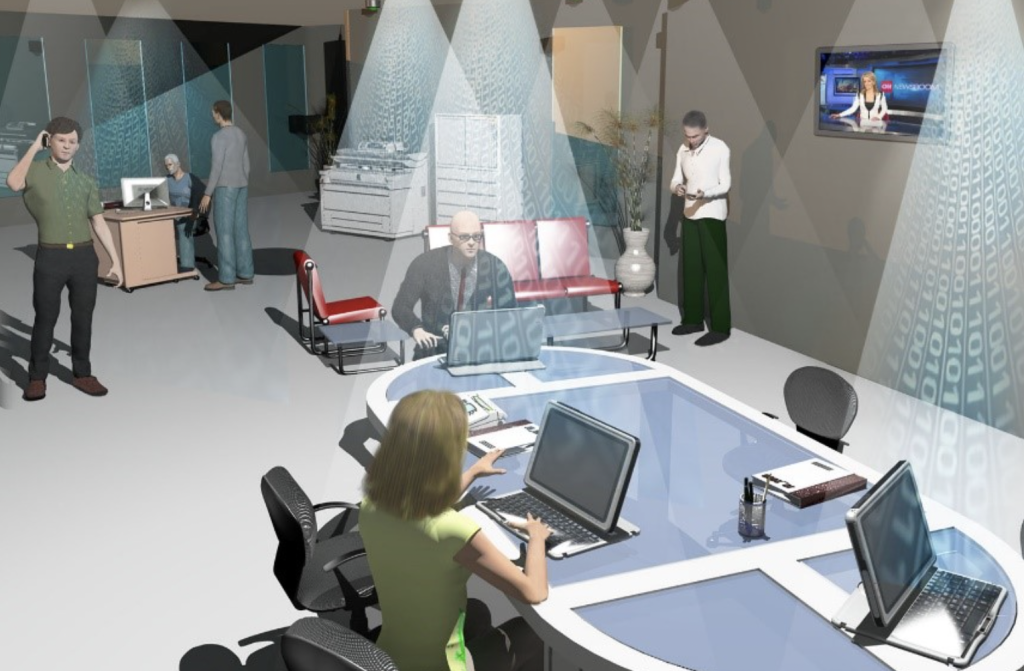Innovations and new technologies continue to change the world. The presence of the Internet makes our everyday lives easier when it comes to doing business, fulfilling our jobs, conducting research, getting news updates and entertainment, and so on.
Based on the survey carried out by Direct Line by Opinium Research, one thing they cannot live without is a wireless connection.
The Internet has become an unavoidable part of most of our daily activities. Thanks to the current WiFi technology, we can now connect to the Internet without much complexity.
However, just like any technological advancement, innovation is always present. The perfect example is LiFi. The new and emerging technology is one to look forward to.
What is LiFi?
LiFi or Light Fidelity (named after its predecessor) is closely related to WiFi. They both use wireless methods to transmit data. The difference is, with LiFi, information is transmitted through a light source. WiFi, on the other hand, utilizes radio waves.
LiFi technology can revolutionize the way we connect to the Internet. This new technology is under the Visible Light Communication (VLC) category. Just as mentioned, it uses light energy for communication and can send data to and fro the connected device and the light source.
It has the ability to send data at incredibly high speeds.
The origins of VLC, and by extension of LiFi, can be traced back to the Photophone invention of Graham Bell in 1880. It is a wireless device that uses a light beam to transmit speech. In 2011, during his his TED talk, Professor/Director/German Physicist Harald Haas of the University of Edinburgh presented the LiFi concept.
He is the pioneer of emerging technology and is now dubbed the ‘Father of LiFi”.
The question is, how exactly does LiFi work?
How LiFi Works
The skyrocketing demand of smart device users each year is a clamor for a faster and more reliable Internet connection. Our current wireless technology that uses radio waves to transmit data has limitations due to bandwidth, frequency, and security vulnerability.
So, how does LiFi come into play?
The working principle of LiFi is simple and straightforward. It is bidirectional with uplinks and downlinks. LiFi comprises multiple light bulbs that form a wireless network and when the electrical current is applied, the photons are emitted from the LED light bulb.
Since LED light also acts as a semiconductor, the light flowing through them can be boosted to extremely high speeds. The detector will receive the signal as data.
The modulation of flickering of the light cannot be seen by the human eye. Conceptually, it is like decoding Morse code but at a much faster rate. The transmission is just as seamless as other radio systems where users can connect where there is an enabled LiFi light source.
The light fixtures act as an access point and they are essentially the router. LiFi can work on streetlights, house lamps, light bulbs, LED television, and even car lights.
What are the Advantages of LiFi Technology?
Bigger Bandwidths & Higher Data Rates
One of the most significant advantages of LiFi is its capacity to accommodate and drive bigger bandwidths and transmit data at higher rates. Developers have seen LiFi demonstrating impressive speed under laboratory conditions.
High Security
LiFi is more secure because light could not pass through opaque walls and data communication is in line of sight (LOS). The LiFi signal only covers the low region and cannot be easily breached. The users in the other room or building won’t be able to access the data transmission which is unlike radiofrequency that can travel through walls.
Cost-Efficient & Energy-Saving
Another leverage of this emerging technology is its efficiency. LiFi-connected devices consume only low power for operation. It uses an already-powered light source without the need for routers, radio circuits, and complex receivers. It is more affordable and more nature-friendly as it does not consume much electricity and energy.
You can connect wherever you are. Haas said that in the future, 14 billion LiFi light bulbs will be distributed across the globe. This will make connecting to the Internet way easier.
Radio Frequency Spectrum Saving
LiFi avoids the already crowded RF spectrum. Oversaturation is a real problem and WiFi has limited capabilities. The increasing demand for wireless networks can cause interference. The speed would eventually suffer. LiFi, on the other hand, can keep your connection speed even if there is a high-density transmission.
Safer Option
Radiofrequency radiation is harmful to all living things. LiFi Technology is a far safer option for us. It is also coined as a green technology for device-to-device communication.

